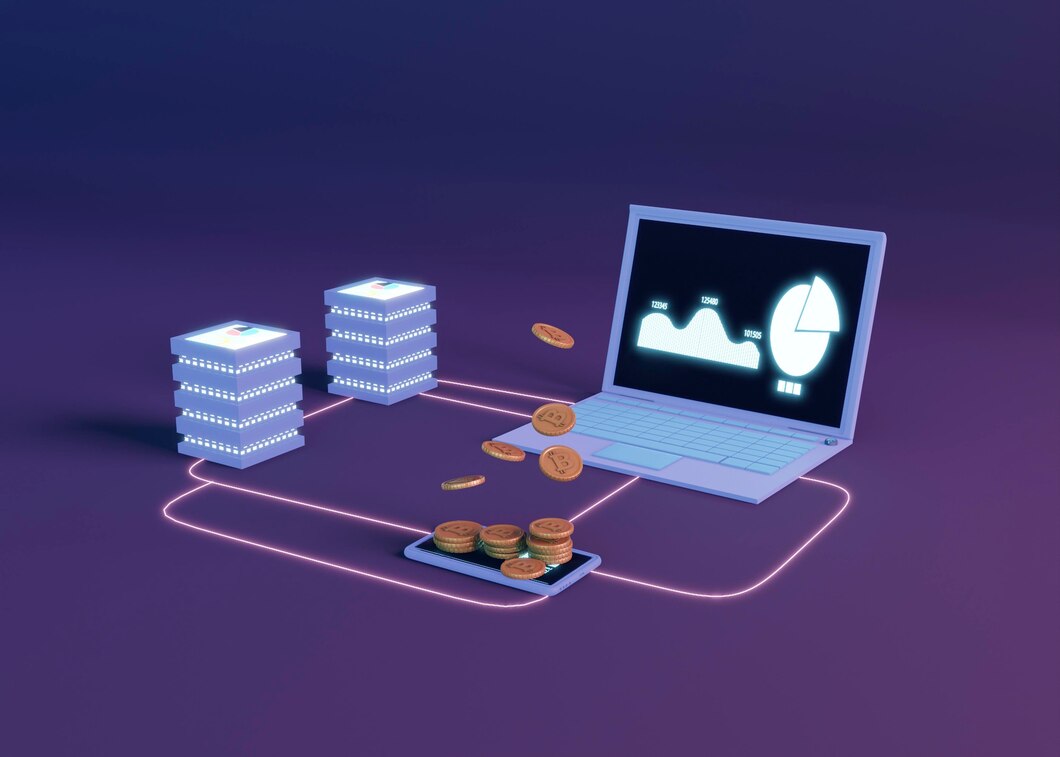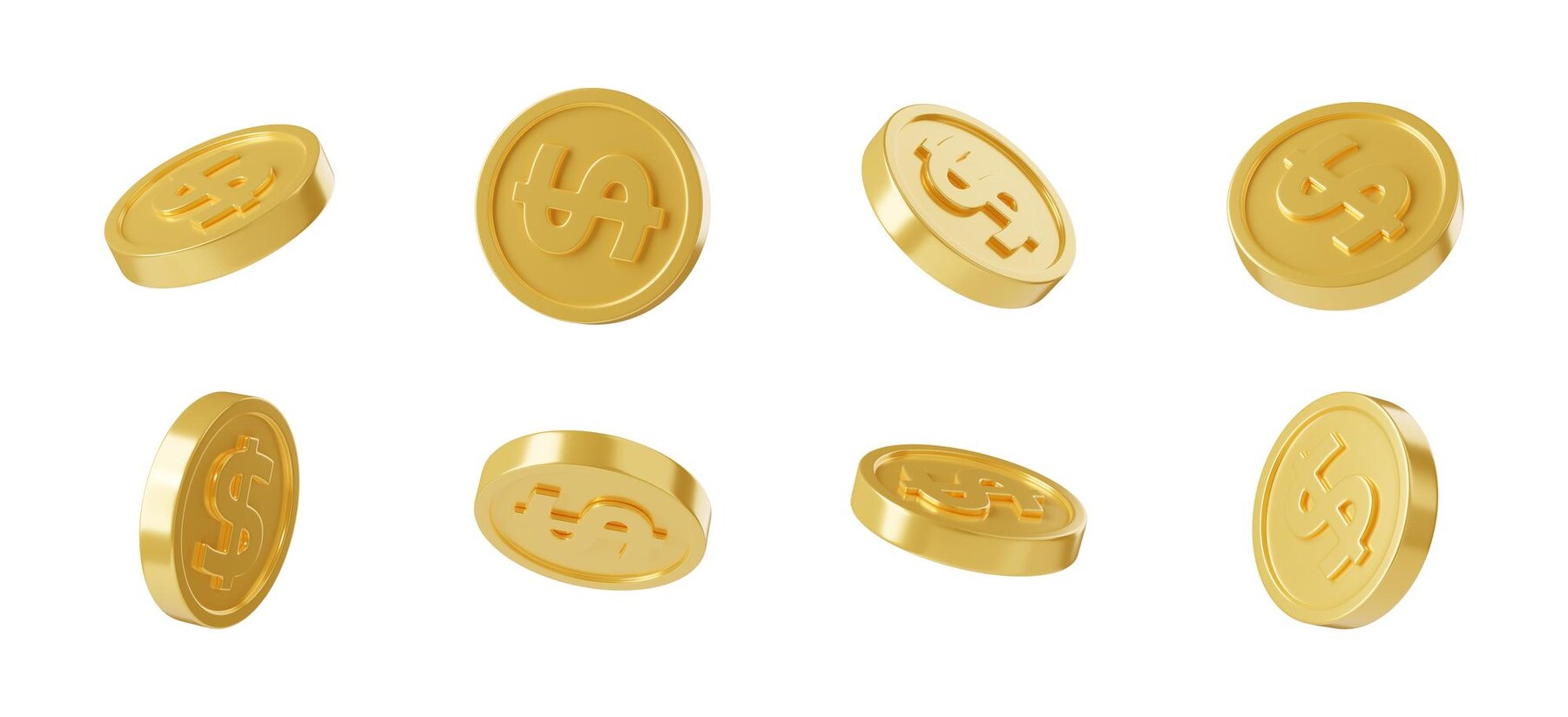Maximize Crypto Security: A Comprehensive Guide to the Trezor Wallet
Navigating the world of cryptocurrency security can be daunting. The Trezor wallet emerges as a trusted solution, combining top-notch security with intuitive controls. This guide delves into the features that distinguish Trezor wallets, their setup, and how they protect your digital currency, enabling you to make an informed decision about your crypto security.
Key Takeaways
- Trezor is a leader in hardware wallets offering high security for cryptocurrency assets, with key features like cold storage, advanced encryption, and user-friendly design elements such as touchscreens.
- Setting up a Trezor wallet is straightforward, and care should be taken to securely store recovery seeds; regular firmware updates and utilizing the Trezor Suite ensure optimal security and functionality.
- Trezor supports a wide array of cryptocurrencies and continues to innovate, as seen in the recent release of Trezor Safe 3 with enhanced security features; users should follow best practices for security and seek support from official channels or the community.



